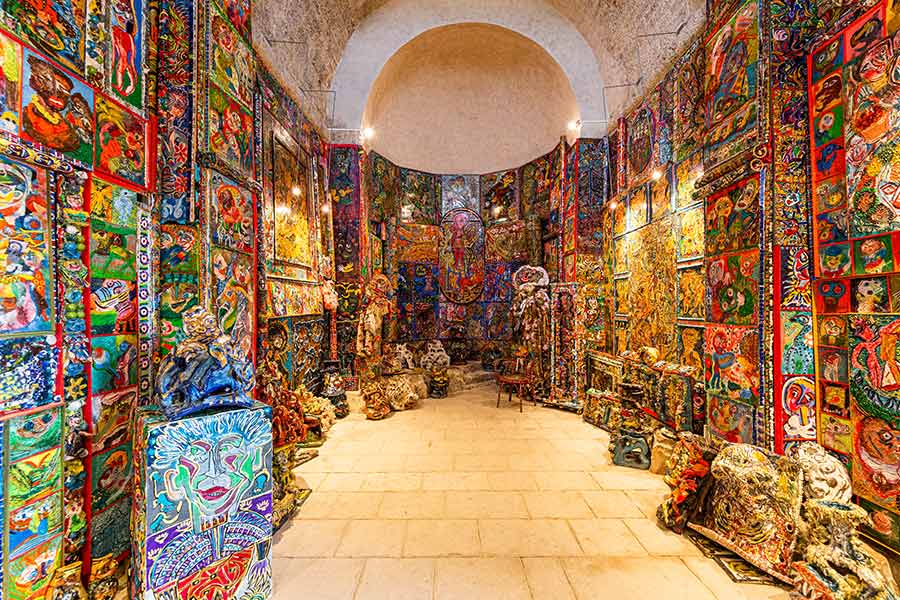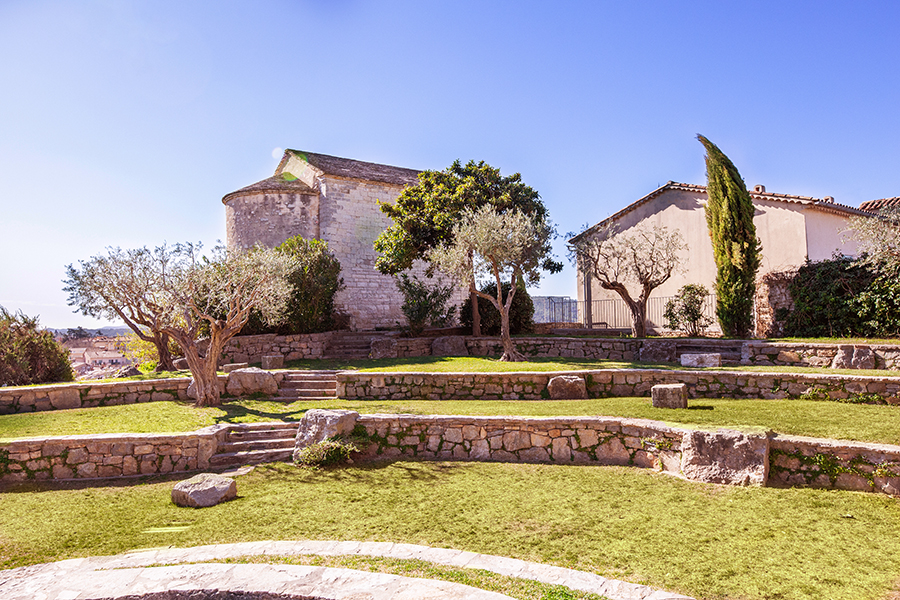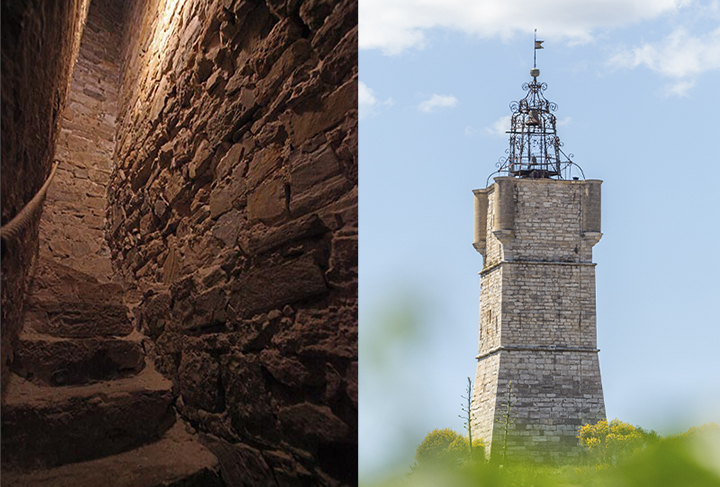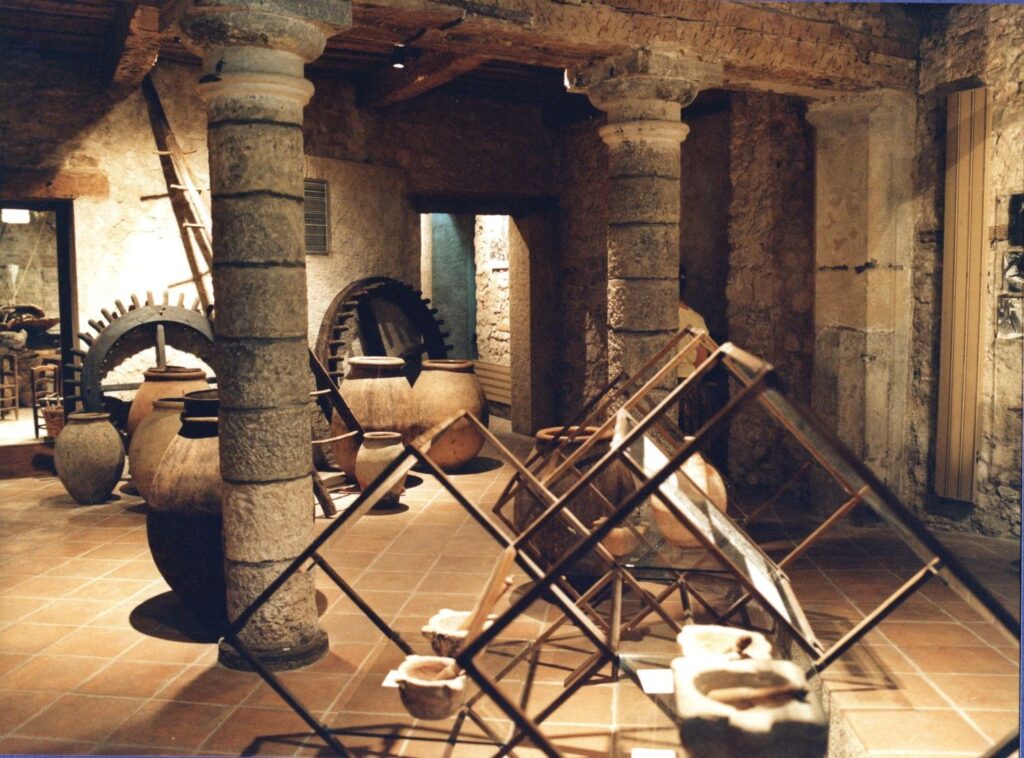Draguignan is a commune in the Var department in the Provence-Alpes-Côte d’Azur region, in southeastern France. It is a sub-prefecture of the department and self-proclaimed “capital of Artillery” and “Porte du Verdon“.
| Country | France |
|---|---|
| Region | Provence-Alpes-Côte d’Azur |
| Department | Var |
| Canton | Draguignan |
| Government | |
| Mayor (2020–2026) | Richard Strambio |
| Area1 | 53.7 km2 (20.7 sq mi) |
| Population (2017-01-01) | 39,340 |
| Time zone | UTC+01:00 (CET) |
| Summer (DST) | UTC+02:00 (CEST) |
City’s name
According to legend, the name of the city is derived from the Latin name “Draco/Draconem” (dragon): a bishop, called Saint Hermentaire, killed a dragon and saved people.
Health
Health is one of the issues that crosses public action. The city is mobilizing alongside the network of actors to find solutions in order to reduce health inequalities. It is involved in prevention or in the fields of promotion of health education or access to care. Finally, the municipality is particularly attentive to the dimensioning of the healthcare offer in the territory.
The “Promosoins” medical center of the Maison de la Solidarité allows people in precarious situations and people with low incomes to benefit from medical and dental care.
Transport
Roads
A bypass route makes it possible to avoid the city center from the south when arriving from Trans-en-Provence and to get to the hospital in the north of the city more quickly.
The city is located 869 km away from Paris, 141 km from Marseille, 89 km from Nice, 86 km from Toulon, 30 km from Fréjus, 105 km from Digne-les-Bains and about 35 km from the Gulf of Saint-Tropez.
Rail transports
The closest railway station is les Arcs-Draguignan, which is served by the TGV and is located twelve kilometers from the city center. Bus shuttles have been set by the agglomeration community of Draguignan railway station. Now it has been converted into a classic bus station.
Public transport services
Urban transports are managed by the TED community, which offers three urban lines as well as lines to other municipalities such as Les Arcs-Draguignan, Ampus, Flayosc, Le Muy and Lorgues. The buses of the General Council of the Var serve from Draguignan the cities of Toulon, Brignoles, Aups, Fayence, Fréjus and Le Luc.
History
- The name of Draguignan (“Dragonianum”) appeared for the first time in 909.
- During the Middle-Ages, Draguignan was a small village whose people lived from olive and grape cultivation.
- Draguignan became the “prefecture” of the Var in 1790, at the beginning of the French Revolution. This was despite the town by far not being the biggest city in the department.
- In the 19th century and during a large part of the 20th century, the people of Draguignan voted for liberal parties (Radical-Socialist Party, Socialist Party).
- The town was occupied by the Wehrmacht in 1942-44 and freed in August 1944, after Operation Dragoon.
- The city welcomed the “Ecole nationale d’artillerie” (Artillery School) in 1976, then the “Ecole nationale d’infanterie” (Infantry School) in 2010.
- On June 15, 2010, the city was flooded. Torrential rain caused the deaths of 12 people in the town and 25 in the neighborhoods.
Culture
A cultural identity that unites
The enhancement of our common heritage aims to better unite our city around an identity of which the Dracénois can be proud. At the same time, a rich, varied and sustained cultural program makes it possible to promote meetings and exchanges, and to fight against this feeling of dispossession within which all fears are coiled.
The hangman’s house
Formerly inhabited by the executors who officiated in Draguignan, the House of the executioner reopened its doors on July 3, 2019 after a year of renovation in the form of a 4-room museum retracing the history of justice in Draguignan and in the Var .
The 4 rooms of about ten square meters have been rehabilitated in order to enhance this place steeped in history. The spaces had to be redesigned with the help of the town’s technical services and the partnership of the Society for Scientific and Archaeological Studies of Draguignan and Var.
Through the rooms, discover the judicial organization from the Middle Ages to the present day, as well as the functioning of the prisons in Draguignan, the convicts, the executioners and the first robot portrait produced by Bertillon.

Other:
- The historic center
- The Saint-Hermentaire Chapel
- Saint-Sauveur Chapel
- Future Museum of Fine Arts
- The Observance Chapel
- Clock tower
- Verdure Theater
- Hell
Parks and gardens
Haussmann Park
After being rehabilitated, Haussmann Park has regained its former colors. Playground for children, water jets, quality lawn, landscaped and shaded areas. Possibility of picnic.
Chabran Park
The Chabran park is located near a cinema and the cultural center (media library, departmental archives, art library, etc.) including a catering area.
Anglès Garden
Garden located near the city center with benches and pond. War Memorial 1914-1918.
Major attractions
- Museum of Artillery (Napoleonic wars, World War I, World War II, Indochina, etc.)
- Museum of “Arts et traditions populaires”
- Rhone American Cemetery and Memorial (American World War II cemetery)
- The Eglise St Michel
- Eglise Notre-Dame du Peuple
- The Dolmen Pierre de la fée (fairy’s Stone), also known as the fruit rock.






